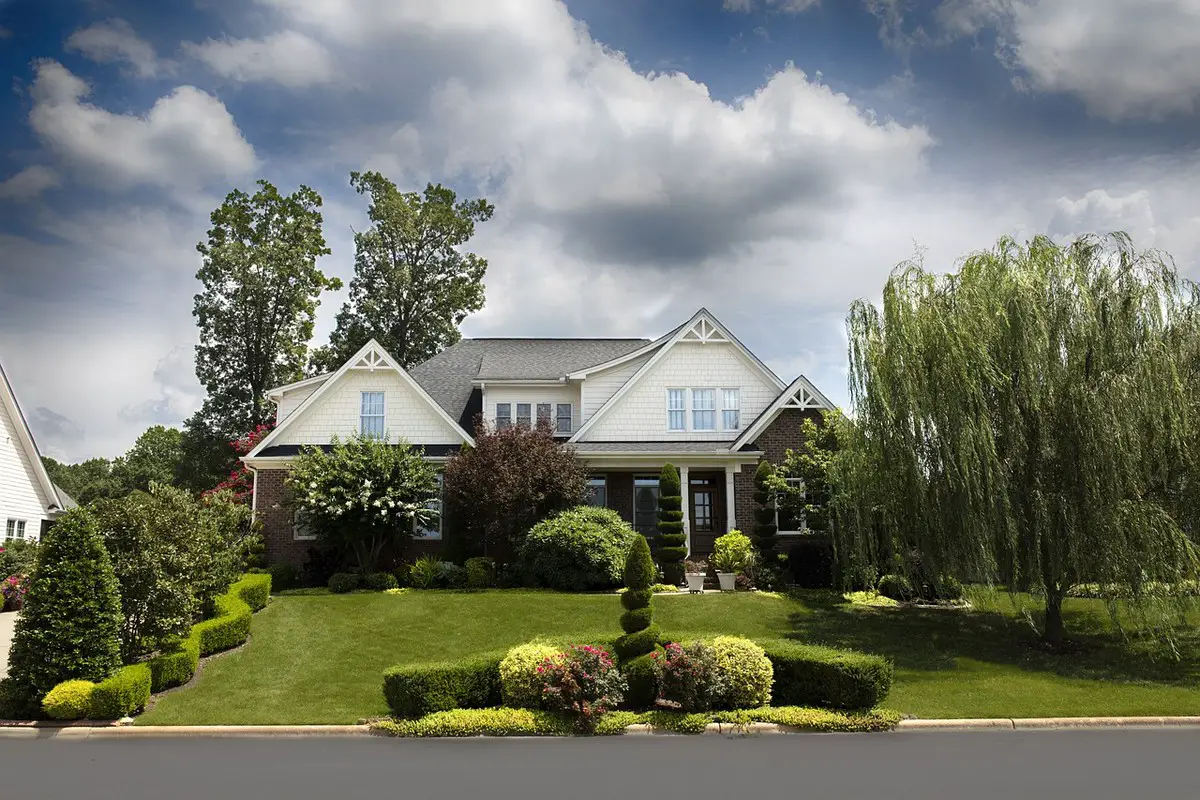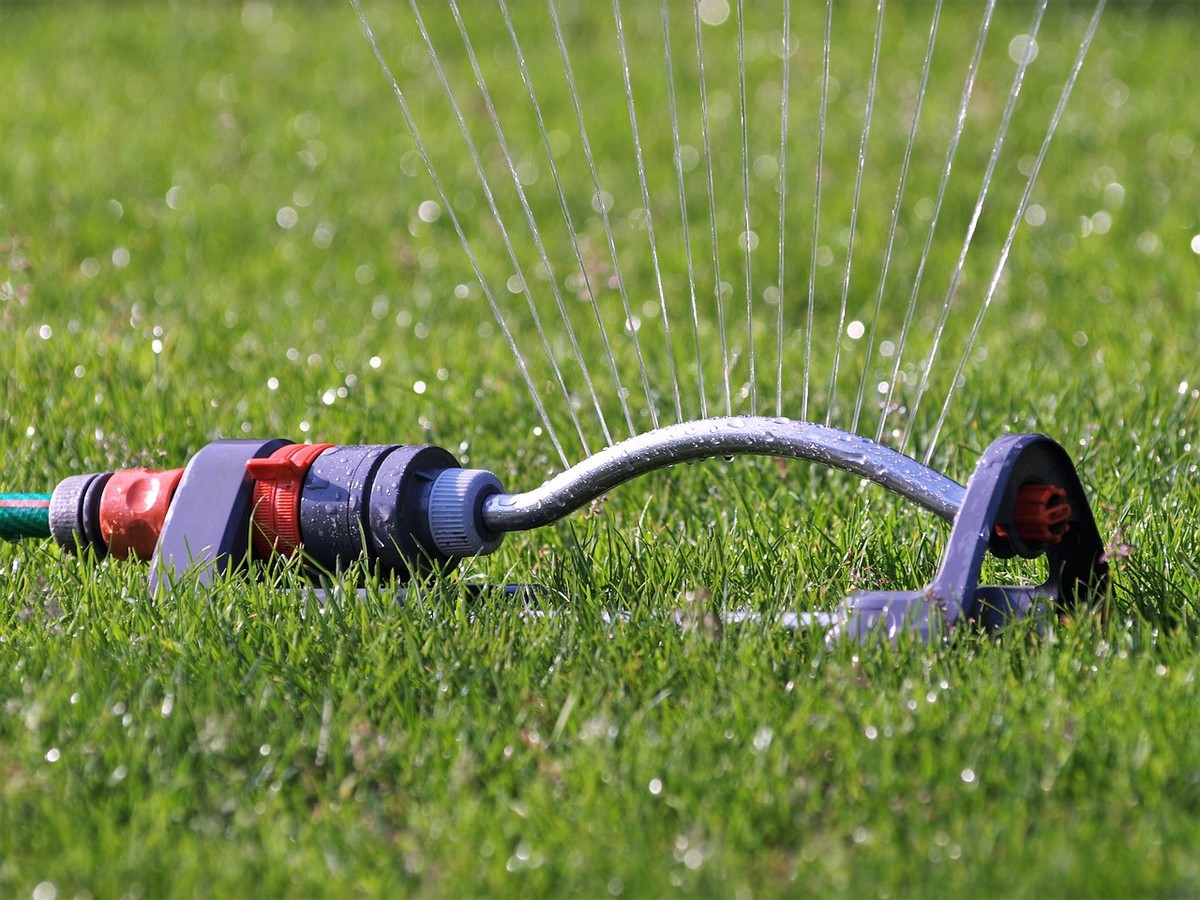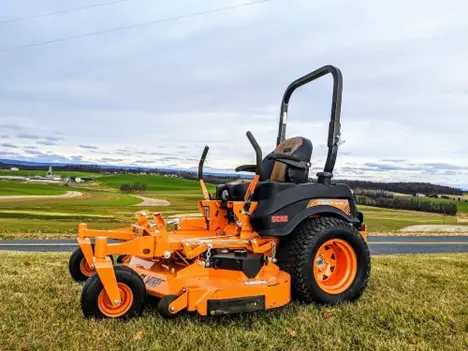Choosing right sod for architectural project, Lawn grass types, landscape architecture, Garden grown rolls advice, Zoysia planting tips
Choosing the Right Sod for Your Architectural Project
23 February 2024
Introduction
The aesthetic experience is one of the most essential segments of architectural projects. Green spaces, namely lawns, contribute to the project’s aesthetics, sustainability, and functionality, thus improving the overall impression the space provides.
However, lawns are not just aesthetically appealing but are also crucial for creating environmentally sustainable environments. With them, you will achieve harmony between visual beauty and preserving nature, which is extremely important today.
The aesthetic contribution of lawns is reflected in their ability to provide a sense of freshness, balance, and visual attractiveness to the space. Still, there is certainly also its practical application for rest.
Lawns also contribute to reducing heat by absorbing solar radiation. They are, therefore, essential elements of architectural projects in urban environments where green spaces are in the minority.
However, choosing the right type of sod is crucial to the success of an architectural project. A suitable grass variety will bring numerous benefits and reduce the time you spend maintaining and caring for the lawn.
Different sod varieties have other characteristics that should match with the specifics of the environment and user needs. Nor should one ignore climate conditions, exposure to sunlight, soil, water, and other factors that affect the lawn.
Therefore, in this text, we will explain in detail how to choose the suitable sod varieties that will elevate your architectural projects to a higher level.
Understanding Sod and Its Benefits
First, when implementing architectural projects into action, you will not have time to plant grass from seeds.
Growing, seeding, and digging take a lot of time and are impractical. Therefore, the ideal option is sod rolls that you can install quickly, after which you already have a perfect, green, and healthy lawn that needs minimal care.
With sod in rolls, you will have a lawn that will quickly adapt to the conditions of your project, and professionals will install it so that you will not have to invest any effort except to choose the appropriate variety for your conditions.
Grass in rolls, besides allowing you to have a green cover quickly, also has significant ecological and practical benefits. Primarily, it is crucial in controlling soil erosion, reducing the risk of slopes appearing at new construction sites. The dense root network of sods that are laid protects the soil from erosion, so you will not have to worry about it.
Moreover, grass can purify the air and water in a given environment. It acts as a natural filter for dust and other air pollutants. Dust and other pollutants from the air cover its leaves, which are then broken down in the process of photosynthesis. The grassroots also filters water in the ground, reducing the pollution risk. These processes improve the quality of the environment and contribute to the preservation of natural resources.
We must also mention that green spaces positively impact the microclimate of urban space. They reduce heat by absorbing sunlight, helping maintain lower temperatures in urban environments, especially during hot summer.
Besides ecology, lawns also contribute to the visual experience of the space. Grown grass in rolls is especially suitable in situations and projects where an urgent aesthetic transformation is needed. Within one day, you will have a completely transformed space with irresistible green areas.
Grass in sods is also highly adaptable. Architects can thus precisely plan the layout of grassy areas, as well as the shape of the lawns themselves. It allows them creative freedom and the possibility of adapting green spaces to the project’s specifics. The lawn will provide your project with a natural contrast to hard and sharp materials, enhancing the visual experience.
Factors to Consider When Choosing Sod
It is essential to carefully consider all factors before choosing the suitable sod variety for your project.
Climate: Specific types of sod are more adaptable to specific climatic conditions. Thus, grasses adapted to warm seasons, such as Bermuda or Zoysia grass, thrive at high temperatures and are drought-resistant.
On the other hand, cool-season grasses, like Fescue grass, prefer lower temperatures and actively grow in spring and autumn, making them more adaptable to cooler climates.
Soil Type: Matching the sod variety with the type of soil you will install them on is crucial for optimal growth and successful lawn maintenance. Different grasses have preferences towards different soil pH values, so specific varieties will better absorb nutrients from the soil, thus reducing the need for maintenance.
This approach also contributes to environmental sustainability, as it will also reduce the need for artificial fertilizers and pesticides.
Use and Traffic: Considering the expected use of the lawn, such as high-traffic areas like sports fields or companies with a large flow of people, has a crucial impact on the choice of grass in rolls.
Varieties like Bermuda or Zoysia, which are more resistant to trampling, are suitable for areas with intensive traffic. On the other hand, softer grasses are convenient for ornamental lawns that no one will walk on.
Watering Needs and Drought Resistance: Watering is another factor you must consider when choosing grass. Drought-resistant varieties are crucial to conserving water, as they have a lower need for watering even during the hottest periods of the year.
Native sod varieties for a specific area will better adapt to local climatic conditions, thereby also reducing water consumption as well as time for lawn maintenance.
Maintenance Requirements: Different sod varieties have different maintenance requirements. Fast-growing grasses like Bermuda grass require more frequent mowing, while slow-growing varieties like Zoysia can be mowed less often and still look neat.
You should adapt fertilization to the needs of the sod variety, as well as to local soil conditions. Pest control also varies; some varieties are more resistant to certain insects or diseases.
Highlighting Sod Varieties
Warm-season grasses: Sod varieties like Bermuda, Zoysia, and St. Augustine are excellent options for warmer areas due to their high resistance to high temperatures.
Bermuda is a fast-growing grass resistant to high frequencies of trampling and is often used on sports fields.
Zoysia offers a dense carpet and good drought tolerance, making it suitable for ornamental lawns and golf courses.
St. Augustine has shown high shade tolerance and is ideal for more humid areas.
These sod grass varieties will better adapt to warmer climates, providing overall better performance.
Varieties suitable for cooler seasons: Tall Fescue, Fine fescue, and Kentucky bluegrass are excellent options for cooler seasons due to their adaptability to low temperatures.
Fine fescue grass is known for its fine and soft texture, and you can often notice it on ornamental lawns and parks.
Special sod varieties: Special grass varieties in rolls can be customized to specific needs, such as sports fields or areas with low maintenance needs.
For example, grass varieties used for football or golf courses are often resistant to intensive use, i.e., trampling.
Low-maintenance grasses like Zoysia require less mowing and fertilization.
When choosing a type of grass in sods for your project, it is essential to carefully consider all the specific needs of the space and local conditions.
Adjusting the grass variety to climatic conditions, soil type, and expected use is vital to achieving a healthy, sustainable lawn that looks attractive.
Water needs, mowing, and aesthetic preferences also play a key role in choosing. Careful consideration of all these factors allows you to select grass that will best meet the requirements and goals of the project.
Practical Tips for Sod Installation and Care
Once you have chosen the appropriate sod variety, it is vital to prepare the ground on which you will install it.
Preparation of the ground begins with soil analysis. After that, remove existing vegetation to ensure a clean base for laying the grass.
Leveling, i.e., evening out the ground, is also crucial to avoid unevenness and create a flat surface for an even lawn.
Finally, pay attention to soil moisture to ensure the optimal condition for laying the grass in rolls.
The installation of grown grass in rolls begins with careful installation on the prepared base. Connecting the edges of the rolls well is vital to avoid gaps and ensure homogeneous growth.
After installation, thoroughly water the grass to encourage rooting and proper growth.
Monitor soil moisture, mow regularly, and avoid intensive use until the installed grass is fully rooted and resistant to the environment.
Adjust long-term care to the selected sod variety. Water regularly according to the needs of the variety and climatic conditions. Maintain a neat lawn appearance with regular mowing, adjusting the height according to the characteristics of the grass you have chosen.
Use fertilizers according to the annual growth rhythm, and occasionally check the soil looseness to determine if more frequent aeration is needed.
Monitor the health of the lawn and take preventive measures against pests and diseases to ensure the long-term vitality of the sod. Always keep in mind the preservation of nature, so choose organic fertilizers accordingly.
Conclusion
Choosing a suitable variety of grown grass in rolls is crucial for balancing aesthetic and ecological goals in your architectural projects.
Carefully consider your project’s unique requirements to create an aesthetically appealing, sustainable, and functional lawn adapted to the specifics of the space you are making.
Comments on this From Concept to Reality: The Crucial Role of Lawn Tools in Landscape Architecture article are welcome.
Lawn Landscape Design
Lawn Care Posts
Taking care of a lawn with weeds guide
Tools You Need to Maintain a Beautiful Lawn
How to Properly Take Care of Your Lawn
Landscaping and garden design ideas for your outdoors
Building Articles
Residential Architecture
Comments / photos for the Choosing right sod for architectural project: lawn grass types for landscape design page welcome.







